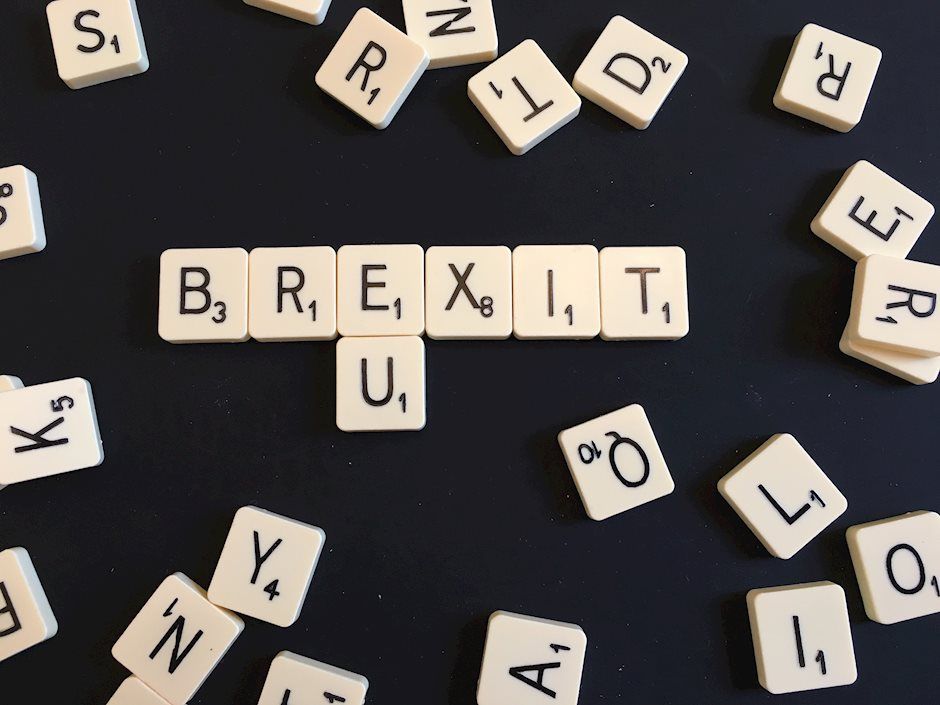Brexit begins: What to expect from the economy and politics over the next two years - ING

Analysts at ING explain that with Article 50 set to be triggered by the end of March, formal Brexit negotiations will finally get underway and from the outset it is clear they are not going to be easy or straight forward.
Key Quotes
“Already there are disagreements over the negotiation process - the EU wants the divorce finalised before agreeing new terms while the UK wants parallel discussions. At the same time, EU demands for a severance payment of €60bn from the British are raising the hackles of Brexit supporters and the UK press.”
“Upcoming European elections will make already tense discussions even more challenging. There is a perception among many in the UK that the rise of anti-establishment/anti-EU parties in several European countries means the EU want to make leaving look as painful as possible. The EU needs to deter others from following the UK’s path. While Nexit-supporting Geert Wilders is unlikely to gain power in the Netherlands, Marine Le Pen is in with a chance of becoming the next French President. Italy is even more troubling; two of the three leading parties in opinion polls are anti-EU.”
“Despite the posturing, we believe both the UK and the EU need a positive Brexit deal. In the case of Britain, 44% of UK exports go to the EU, which generates jobs, incomes and tax revenues. More than half of all the goods and services the UK imports come from EU nations so any barriers to trade run the risk of higher prices for UK consumers and businesses. For Europe, the UK is a hugely important market and frictionless cross border trade is an imperative for modern supply chains.”
“Nonetheless, politics will dominate the economics, at least in the early part of negotiations. This means uncertainty for business. Already there is survey evidence suggesting UK businesses are cautious about putting money to work. Should negotiations be perceived to be going badly then worries about the UK’s future relationship with Europe could see business drift away from the UK. This may result in rising unemployment with asset prices coming under pressure. Should sterling fall further due to Brexit worries, then inflation will stay higher for longer, squeezing spending power in the UK economy.”
“Nonetheless, foreign businesses are reluctant to exclude the UK from investment decisions given it is a large and fast growing economy (by European standards). Consequently, there may be some contagion for Europe too. Even worse, if there is electoral success for anti-EU parties, the prospect of EU break-up could return. Toxic politics, combined with economic dislocation and financial contagion would likely lead to recession across Europe.”
“Another Scottish independence referendum would complicate the Brexit process. We doubt that the British government will allow it to happen before Brexit negotiations are concluded on the simple basis that negotiating two divorces at the same time will be almost impossible. Nonetheless, this means political uncertainty will be prolonged, which will weigh on UK asset prices and sterling.”
“A positive UK-EU trade deal is clearly mutually beneficial. Assuming elections in Europe generate results pointing to renewed EU solidity the risk of a punitive deal for the UK will recede. Moreover, we believe it is in the EU’s interest to have strong relations with the UK. After all, demographic factors mean that the UK will be Europe’s most populous nation and its largest economy within 25 years. Having ongoing access to this market will become even more important than it is today. With the UK also indicating it is prepared to make ongoing financial contributions there are huge incentives to negotiate a deal that can benefit all.”
Author

Sandeep Kanihama
FXStreet Contributor
Sandeep Kanihama is an FX Editor and Analyst with FXstreet having principally focus area on Asia and European markets with commodity, currency and equities coverage. He is stationed in the Indian capital city of Delhi.
















